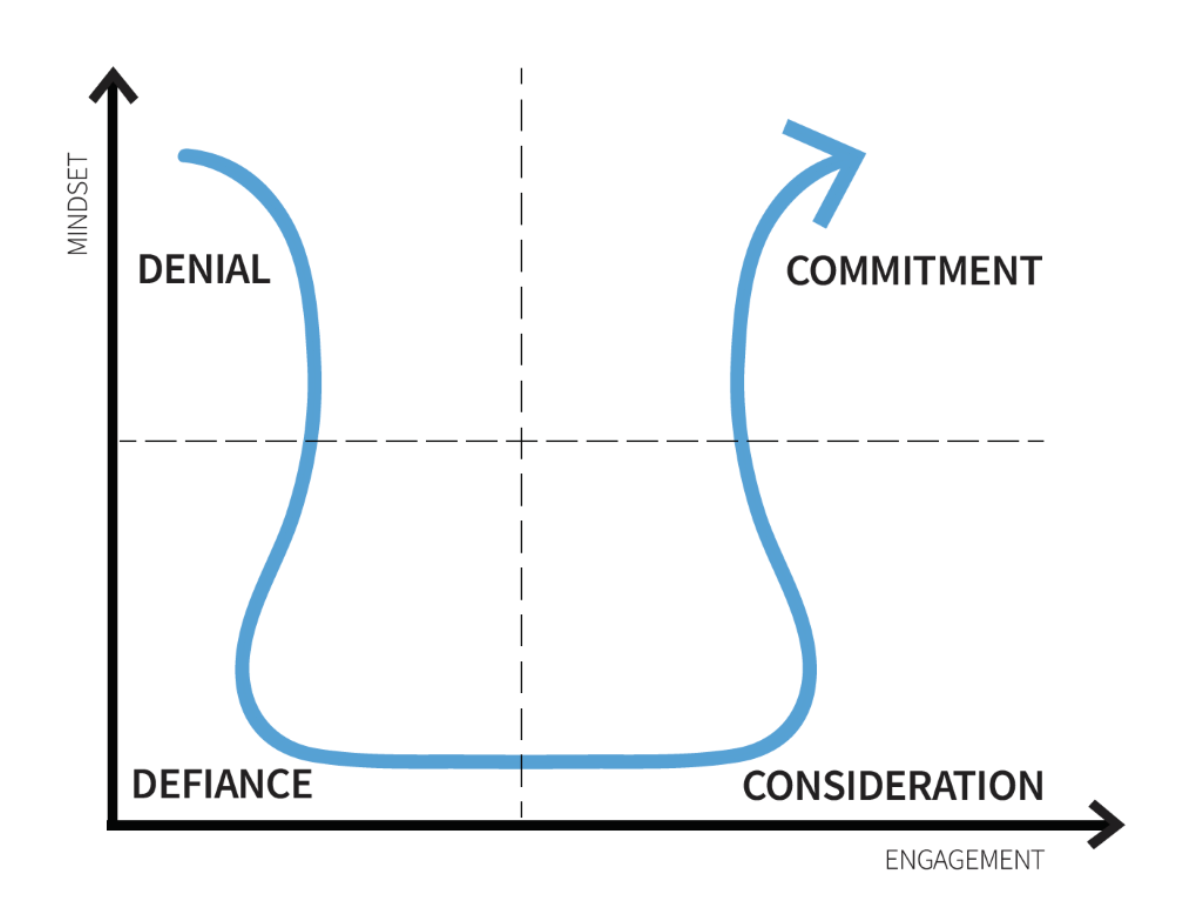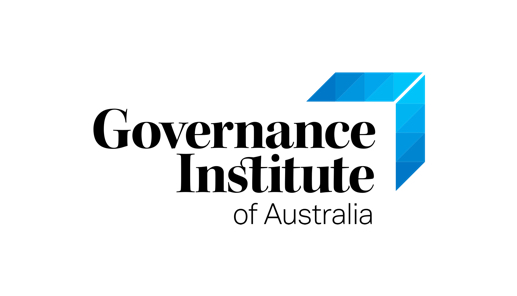There is immense value in seeking, receiving and co-ordinating different perspectives and it is fundamental to authentically seeing, thinking, planning and acting differently. It is the foundation that enables a transition from a fixed mindset to a growth mindset, and the quantum leap to a shared mindset.
Often in order to create change and get closer to a more desirable outcome we need to give up on some of the behaviour and thinking (the attitudes) that have locked us into that previous sub-optimal state.
Across the spectrum of positive v. negative, of optimistic v. pessimistic, or of glass half full v. glass half empty, if we are to succeed in implementing enduring strategic change we need to first unlock the biases and unwillingness to innovate that is entrenched in a fixed mindset.
People with a growth mindset believe that their ability to learn and accumulate intelligence will develop with time and experience. Successful people invest considerable time to develop a growth mindset, acquire new knowledge, learn new skills and change their perception in order to benefit their lives. They know that making small continual improvements will compound over time and produce optimum results.
In a business context a growth mindset is a collective belief that an organisation has the ability to do things differently which is a critical foundation piece to the concept of co-creating different seeing, thinking, planning and acting.
In order to achieve enduring change how do you change a mindset?
It may not be as hard as it sounds. As one’s mindset originates from our own set of powerful beliefs, we have been known to change these beliefs when they no longer serve us or enable us to achieve our goals.

A New Perspective.
Perspective is the way we see the world. It comes from our individual point of view, influenced by our experiences, our personal values, our current state of mind, and the assumptions or pre-conceptions that we bring into a situation, amongst a whole lot of other things.
Perspective-taking is reactive. Through putting yourself in someone else’s shoes you are able to understand a concept from an alternative point of view, to explore a previous situation, better appreciate feelings, convey empathy or inform decision-making.
Perspective-seeking is proactive. It is about being authentically curious so that you can better understand a specific situation or remove a blind spot.
It is about asking for an opinion to potentially unlock your perspective however the trap is seeking advice from people who have the same point of view as you in order to validate your decision-making.
Perspective-coordination is co-creative. It is the ability to collate observations and create a much bigger and richer picture.
Whether you are a looking to unleash your growth mindset; or simply an ambitious person wanting to create your own picture of what success could look like for you, perspective seeking, taking and co-creating is the enabler to shift from incremental thinking to exponential doing.
See, Think, Plan and Act Differently.
Change is really only activated by what you say and what you do, and it is only enabled by different thinking.
Where do we really and truly learn how to manage and succeed in a competitively aggressive and declining market? Where is the textbook that specifically lays out strategies to optimise and maximise the well-worn VUCA environment? If you are a business owner, leader or manager with your back to the wall, how will you stop the bleeding? How will you get to your next?
The concept of seeing, thinking, planning and acting differently is that which underpins the mindset of the classic entrepreneur. It is this bigger, faster, global environment within which we do business that insists upon this kind of response, every single day. Or, to consider this differently… what does success look like for you if you don’t?
Most people build their network passively over time through proximity with a few outliers in their mix. Unless you have been deliberate about your networking, the vast majority of people you know probably belong to the same community, field or industry as you. This situation may seem innocent enough however that inadvertent short-sightedness can put you at risk of not being able to see, think, plan and act differently at all.
A successful perspective originates from a balance of relationships based on commonalities, and relationships built across differences. The definition of balance in this case describes the necessity in having more than one perspective.
This transition from fixed through open to shared mind set opens the door to organisational level collaboration, and on an individual level, to mentoring.
If you are someone who seeks to benefit from mentoring –
- Create A Cohort. Put together a group of people that you can turn to for advice when you need it and consider who might really push your thought boundaries.
- Seek Diversity. Create both informal and formal, short term and long term relationships, mix it up (and don’t put any pressure on the informal).
- Nurture Relationships. Engage with the people whose perspectives you respect. If it’s not working for you, don’t be a time waster and politely withdraw.
- Be Grateful. Consider how you may be able to ‘give back’ in some way, be mindful that all get and no give might impact the levels of authentic engagement.
- Don’t be a Passenger. Value the advice & take action.
Mentoring is not reserved for business professionals. It adds value at so many levels, and more to the point successful mentoring is focused initially on the person, rather than their career or relevant ‘whatever’ situation, in order to get to what makes someone tick firstly.
Being a mentor is a position of privilege. Here are 10 ways to successfully be one –
- Work Backwards. Start with the end in mind. What do they want out of this? And why?
- Bigger Picture View. Focus on the whole person, not just their career.
- Unleash The Enabler. Co-create their compelling story around a purpose. What makes them tick?
- Don’t Force It. Don’t try and build a new model – draw out their ideal self.
- Be Genuine. Provide empathetic acknowledgement, don’t be an expert or a hero.
- Cut Out The Fluff. It’s ok to politely say ‘so what?’ Don’t forget that you have a responsibility to add value not just to listen.
- Allow Discovery. Reflect often, facilitating deeper insights. It’s ok to change direction.
- Check Back In. Are you moving their needle or just listening and telling stories? Check often.
- Curate Learning. It’s not about you, it’s about them learning not only from your experience but enabling their already deep insights.
- Feedback Loop. Set some tasks to measure your success in co-creating enduring value.








